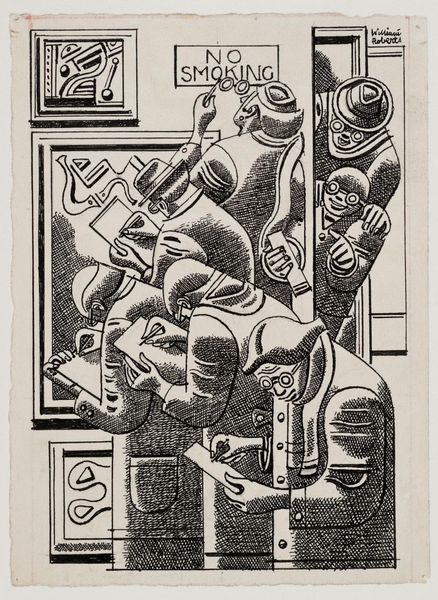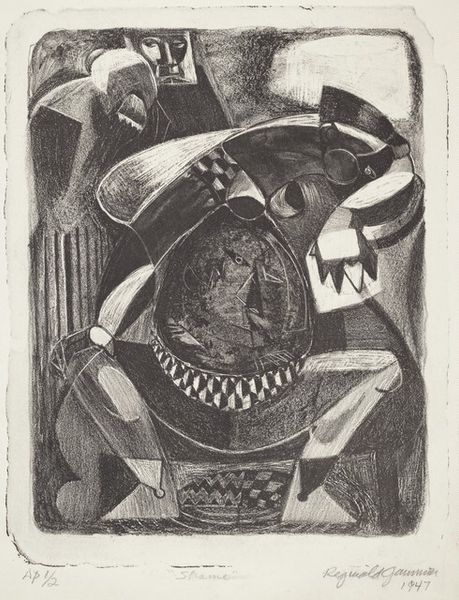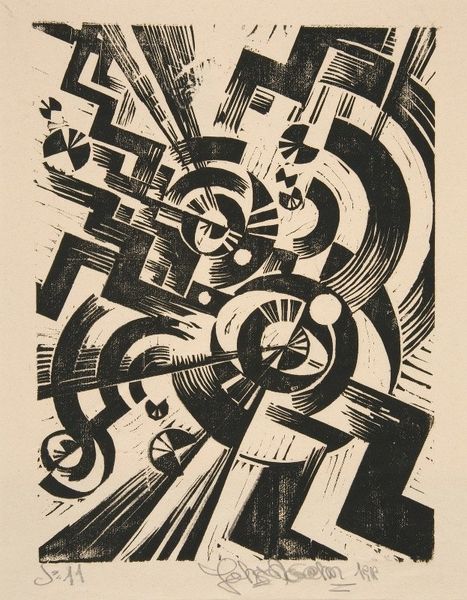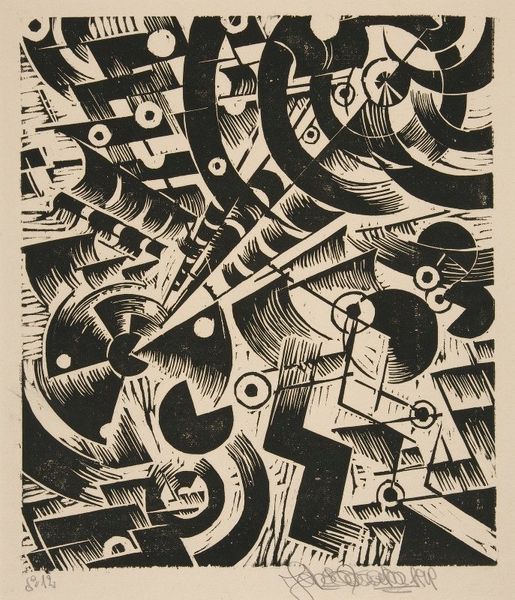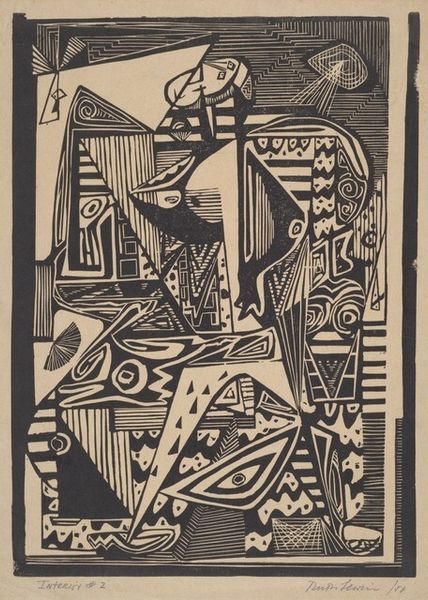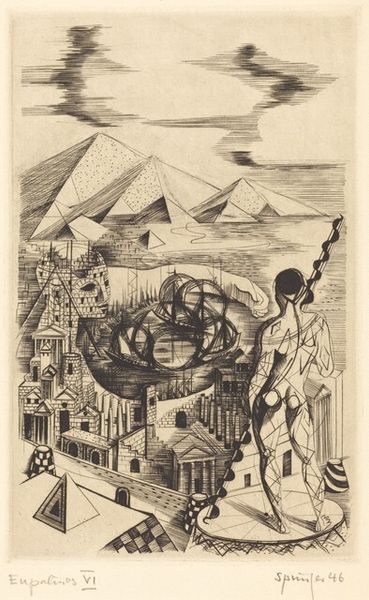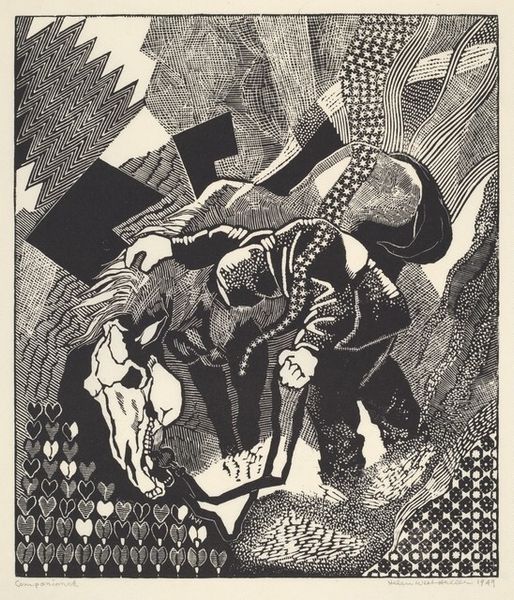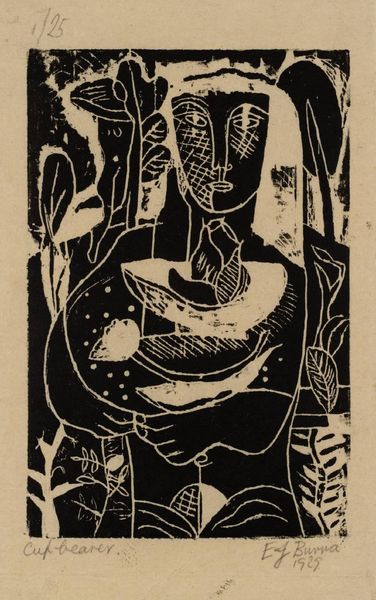
Fragment van de linker rand van de grote cartouche 1558 - 1608
0:00
0:00
print, engraving
# print
#
11_renaissance
#
geometric
#
decorative-art
#
engraving
Dimensions: height 260 mm, width 95 mm
Copyright: Rijks Museum: Open Domain
This fragment of a larger cartouche was etched by Johannes and Lucas van Doetechum, in the Netherlands, but we don’t know exactly when. Its elaborate ornamentation and grotesque faces are typical of the late 16th century. The print would have served as a model for other artists, perhaps for decorating a façade or designing furniture. These kinds of prints played a key role in disseminating new styles. Ornament prints helped spread the Italian Renaissance style throughout Northern Europe. But beyond this, ornament prints tell us about the status of art itself. Printmaking was a business, and artists had to cater to the market. The popularity of ornament prints suggests a culture that valued decoration and display. To understand this world fully, we can turn to period documents, like guild records, business ledgers, and inventories of wealthy households. These sources help us reconstruct the social life of images.
Comments
No comments
Be the first to comment and join the conversation on the ultimate creative platform.
